Wilpattu is one of the oldest National Parks in Sri Lanka Located in Northwest coast lowland dry zone of Sri Lanka. Wilpattu National Park is the largest and was one of the most popular national parks until its position close to the front line of the civil war led to its closure in 1985. It was finally reopened in 2003.
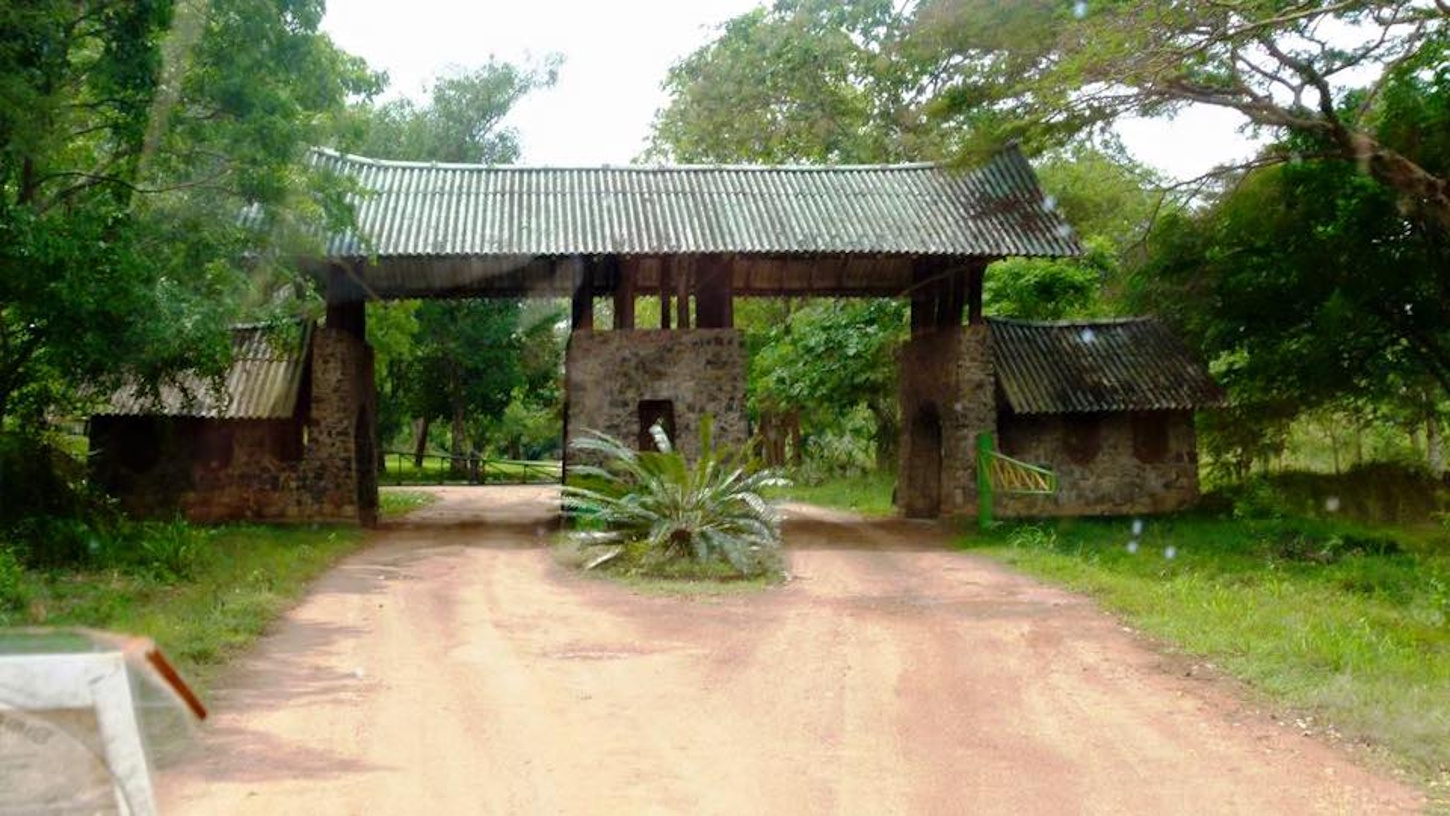
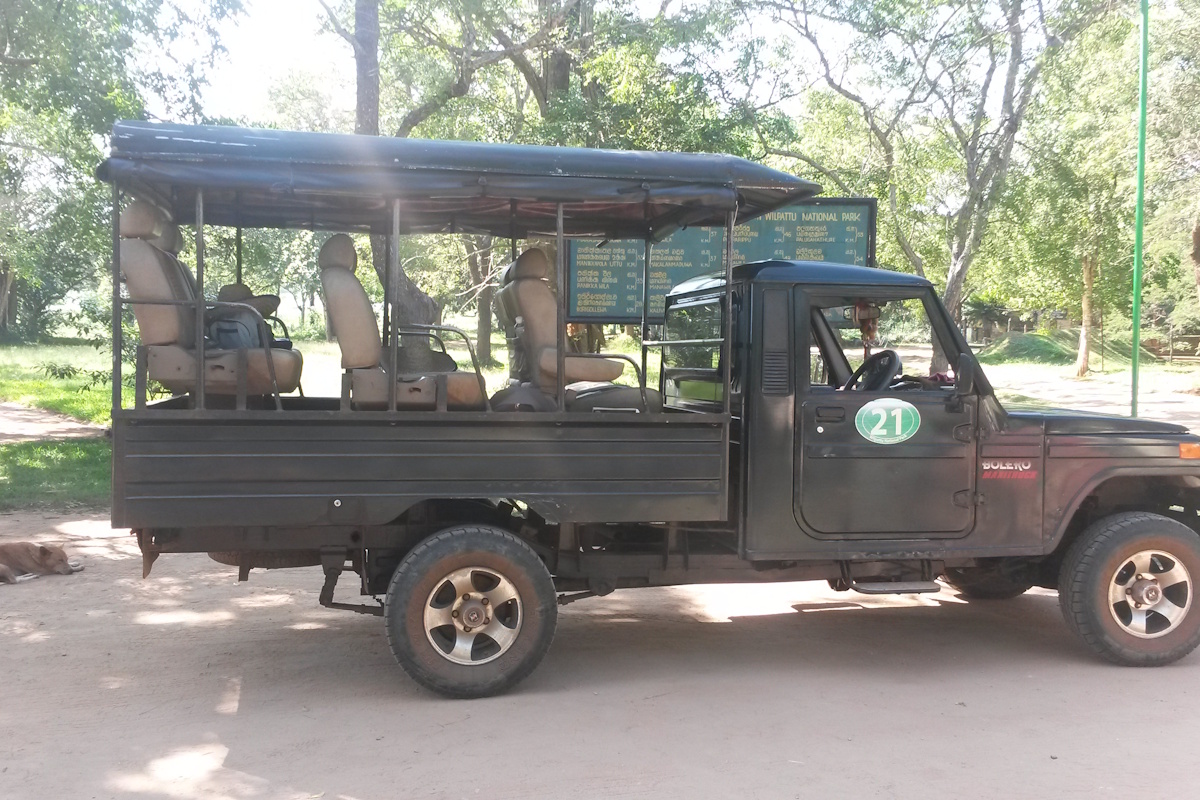

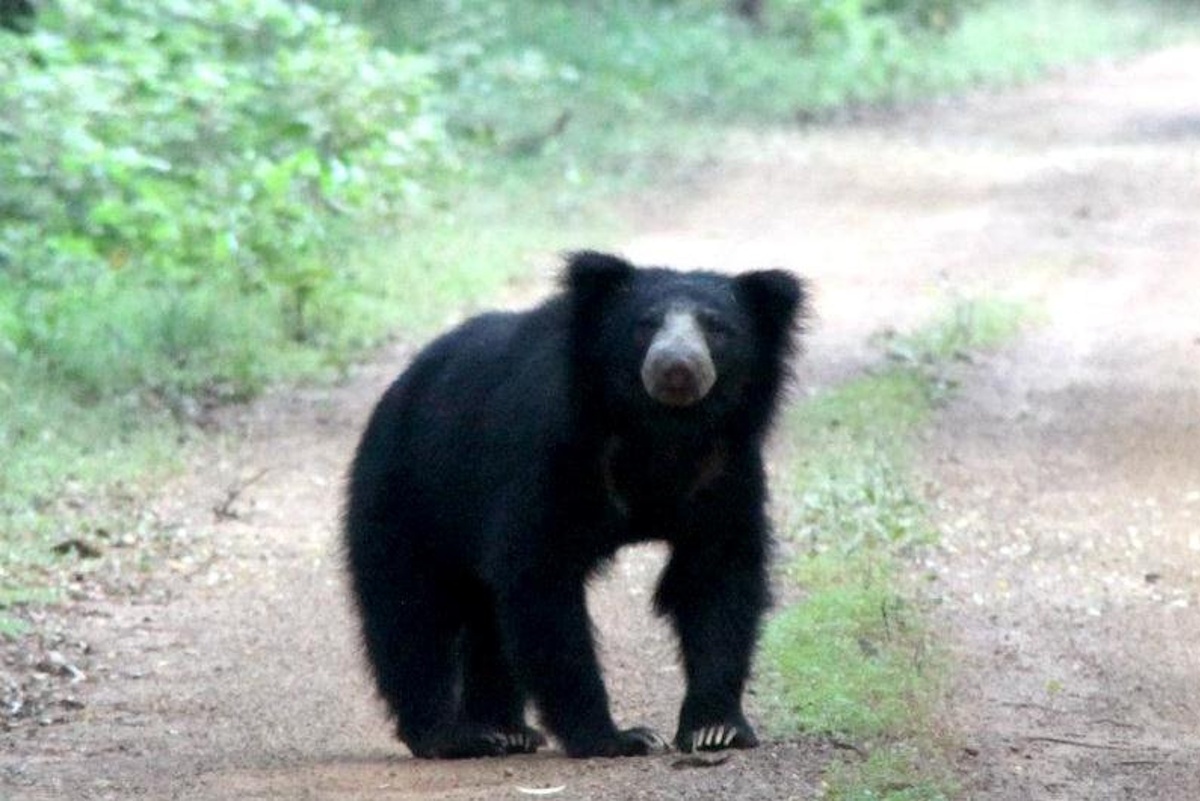
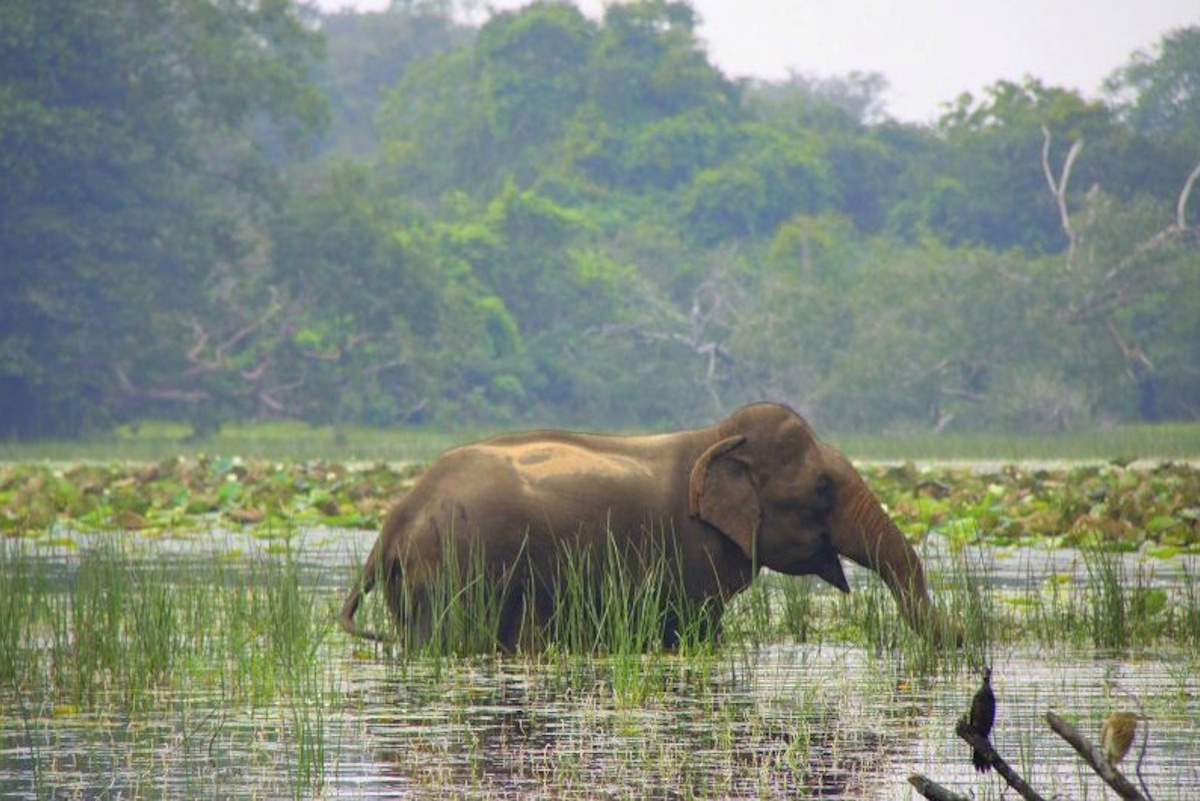
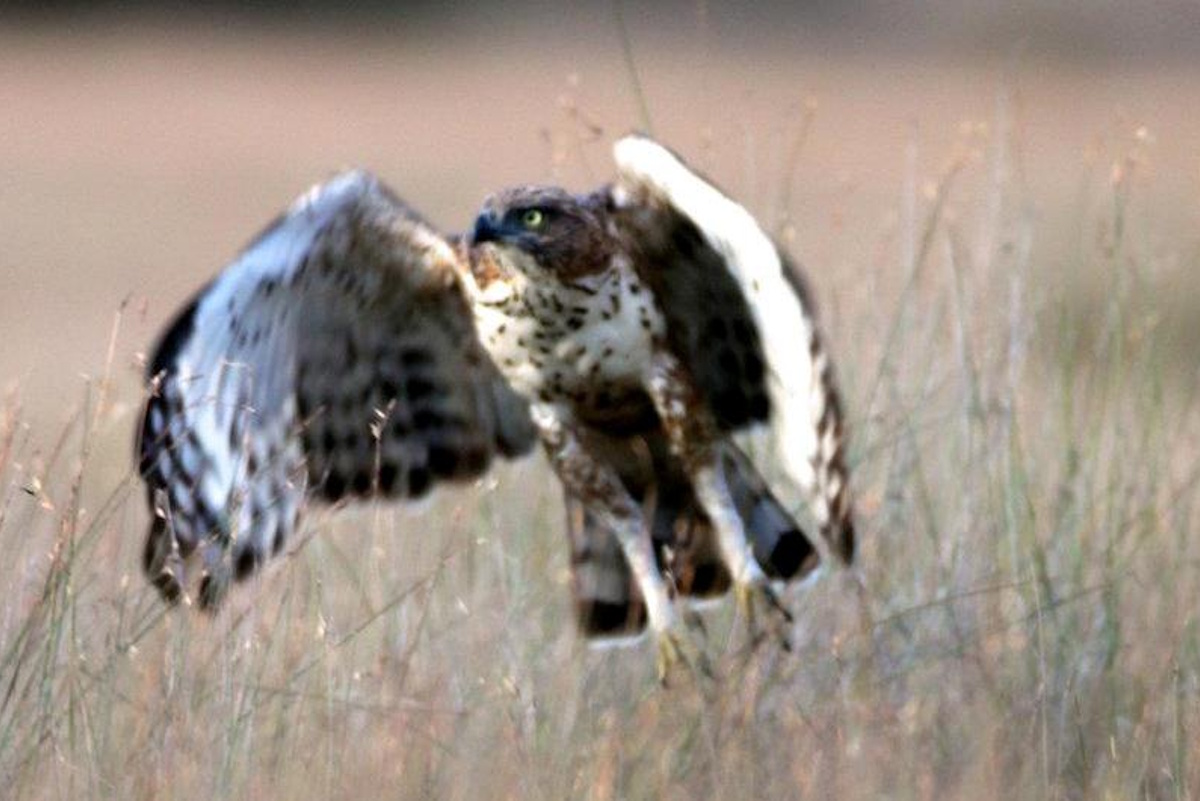
The earliest written record of the area appears in the Mahāvaṃsa, noting that in 543 BC Prince Vijaya landed at Tambapanni (now Kudrimalai Point) and established the Sinhala kingdom. The region was designated a wildlife sanctuary in 1905 and officially became Wilpattu National Park on 25 December 1938 under the Fauna and Flora Protection Ordinance. Subsequent expansions between 1969 and 1973 brought the park to its current extent, making it one of the oldest and largest protected areas in Sri Lanka
Wilpattu covers approximately 1,317 km² (131,693 ha), ranging from sea level up to 152 m ASL. The landscape is characterized by about 106 natural sand-rimmed lakes known locally as “villus,” which form seasonally in shallow depressions across the dry lowlands. Situated on the northwest coast, the park lies roughly 30 km west of Anuradhapura and 26 km north of Puttalam.
The climate is typical of Sri Lanka’s dry zone, with an annual rainfall around 1,000 mm and mean temperature of 27.2 °C. Rainfall is delivered mainly by inter-monsoonal showers in March and the northeast monsoon from December to February, interspersed with prolonged dry periods.
Entrance Points to the Park
While there are multiple minor access roads, the two primary entry gates are:
Secondary Gate: A lesser-used northern gate that also handles small numbers of visitors and research personnel
From December 1988 until March 2003, Wilpattu was closed due to civil unrest. Today, visitor access is limited to about 25 % of the park to safeguard core habitats. The Department of Wildlife Conservation’s Management Plan (2019–2024) seeks to balance biodiversity protection with eco-tourism. In May 2025, Sri Lanka’s Supreme Court issued a landmark ruling closing illegal roads that fragmented parklands, reinforcing its protected status
Over 600 plant species thrive in Wilpattu’s mosaic of habitats. Vegetation ranges from littoral salt grass and scrub monsoon forest to tall emergent trees such as palu (Manilkara hexandra), satinwood (Chloroxylon swietenia), milla (Vitex altissima), weera (Drypetes sepiaria), ebony (Diospyros ebenum), and wewarna (Alseodaphne semecapriflolia)
Reptiles: Bengal monitor (Varanus bengalensis), mugger crocodile (Crocodylus palustris), common cobra (Naja naja), rat snake (Ptyas mucosus), Indian python (Python molurus), pond turtle (Melanochelys trijuga), and the soft-shelled turtle (Lissemys punctata)
Kudiramalai Point
A Legend has it that Kihirikanda (Kudiramalai), a point on the shore was the landing place of Vijaya, while Kuveni lived in ‘Kālivila (Kali Villu)’, in the Wilpattu National Park.Pointedly, Kāli” is a female demonic (Yakkha) representation of Durga. Kihirikanda was visited by Roman sailors during the time of Claudius (417 AD), and Pliny talks of a large settlement called “Hippuros” here. The worf “hippuros” evokes horses, and connects with the word “Kudira” which is a Dravidian root word for “horse”. Thus there may have been a name like “Thuranga-male” which was directly rendered in to Malayalam during the Magha invasions, giving the form Kuthirimalai, as it exists today.Another possibility is that the word ‘Kadira’, from Sanskrit, probably refers to Mimosa Catechu’ of the ‘accacia’ family, and is the ‘Kihiri’ tree in Sinhala and ‘Karuveal’ in Tamil. This is consistent with the vegetation of the area. Famous rulers of this land included Queen Alli Arasani, Chief Korran, his father Pittan, and Korran’s contemporaries Chief Elini and Athiyamān Nedumān Añci (father/son duo) and Kumanan. Traders brought several horses in watercraft to the island during the Sangam period.
The port was known as Hippuros to ancient Greeks (literal translation of Kudiramalai in Greek – Horse Mount/Hill) and finds mention in the Periplus of the Erythrean Sea of Ptolemy. Archaeological excavations have revealed Kudiramalai to have been a site of ancient habitation from the 1st century BCE-to the 7th century CE and later. Kudiramalai’s ruins attract visitors from around the world. It is now a barren dry zone landscape, with red earth terrain typically seen in Northern and North Western Sri Lanka, and sand dunes once serving as sites of habitation.
Camping in the Jungle – Willpattu Park
This offers an unparalleled camping experience in the jungle with tailor-made mobile safaris. Sleep in customized tents which will have hot and cold water showers, dine on gourmet meals under the stars in the knowledge that you will be the only dinner party for a hundred square miles. An advance party sets up camp a couple of days in advance and is ready to welcome you for your stay in the jungle. A separate dining tent serves as your lounge. The comfortable verandah of your tent allows you privacy to read or just unwind. Chefs will work wonders from customised kitchens equipped with sufficient refrigeration and freezer capacity. They will ensure an endless supply of ice and chilled drinks. This land safari is an experience not to be missed; a journey into the jungles – where all your needs are more than met during your stay. You will live, feel, smell and hear the jungle in its purest form.
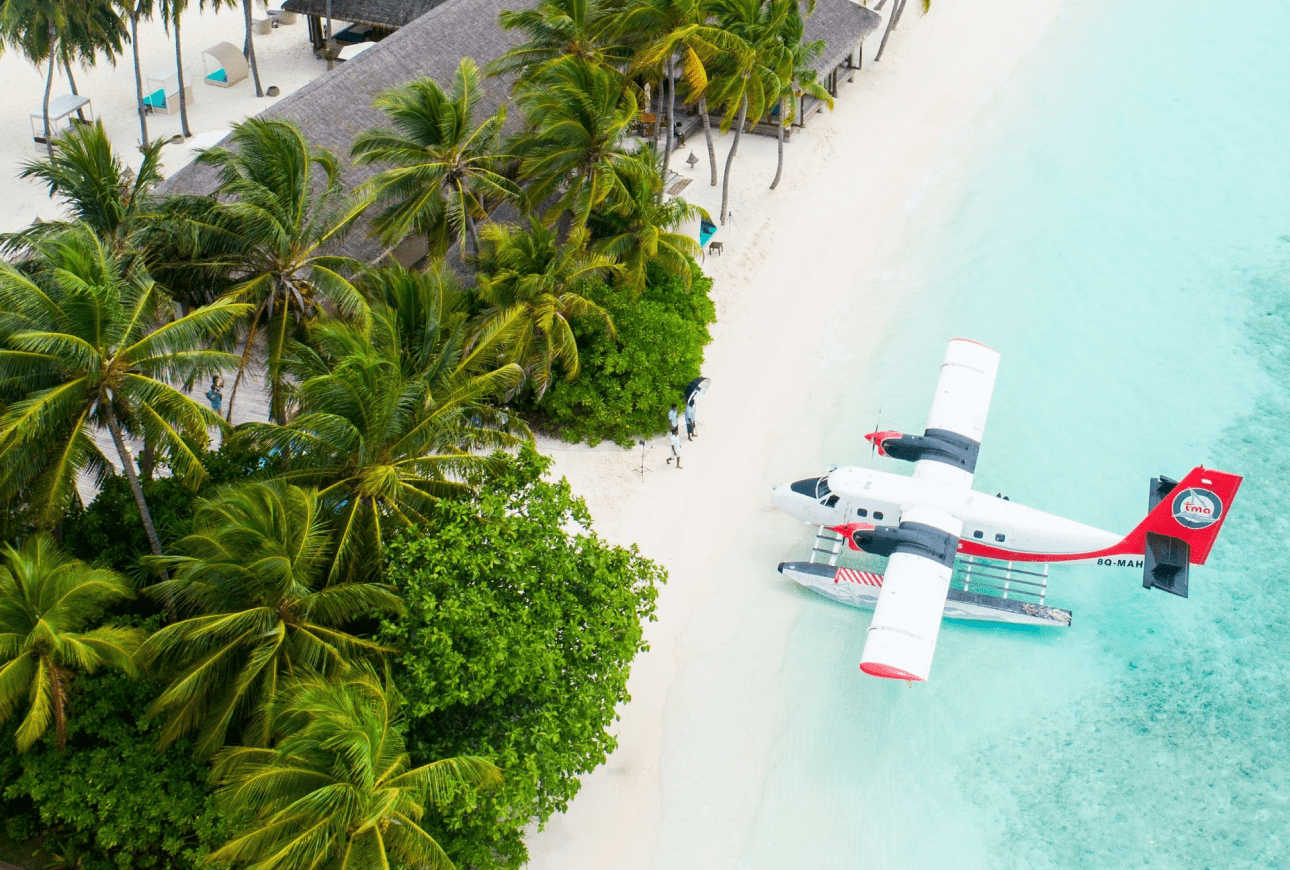
Subscribe to see secret deals prices drop the moment you sign up!